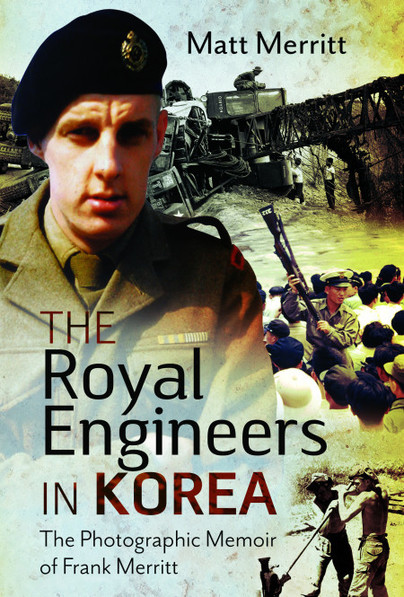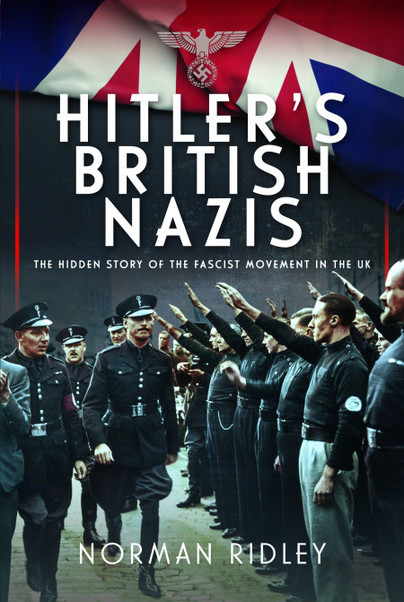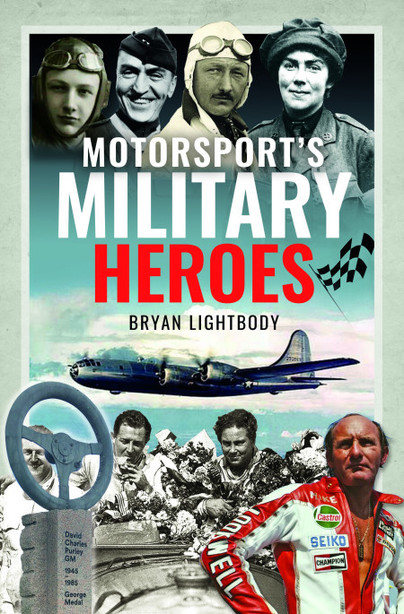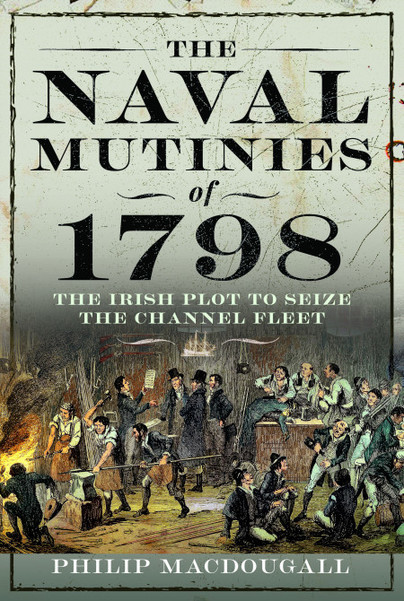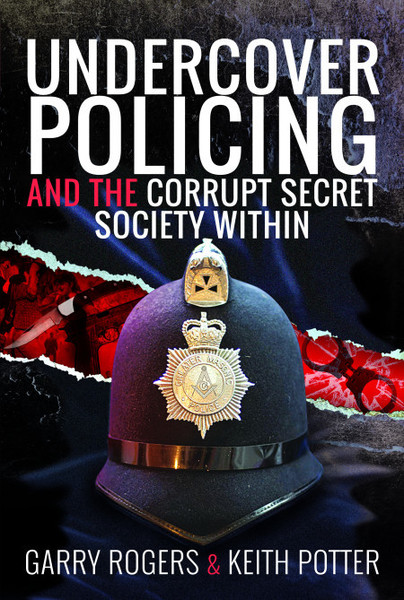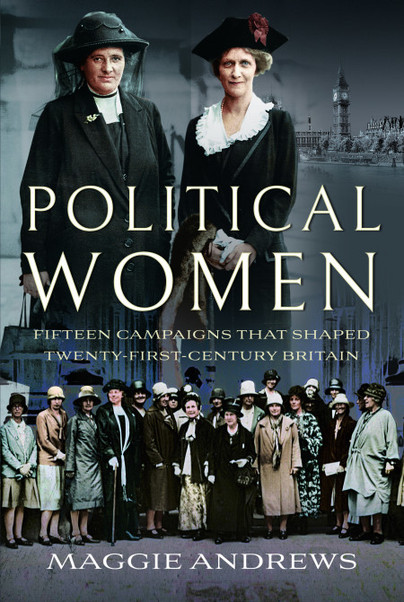Were Mallory and Irvine the first to climb Everest 100 years ago?
A Korean Wild Boar in the Royal Engineers
The Austrian Princess and the British Lord
As previously highlighted, my enthusiasm for historic motorsport coupled with writing and battlefield guiding lead me to produce (what I hope will be) Volume one
Henry Breault Medal of Honor Centennial, March 8, 2024, Proclamations, Resolutions, Events, & Other Rememberances
The Naval Mutinies of 1798 Philip MacDougall, Ph.D.
British Legion chairman Francis Fetherston-Godley visits Dachau
“There is nothing more l can add to the conclusions that you already have”
5 women’s political campaigns which shouldn’t be forgotten
View More

